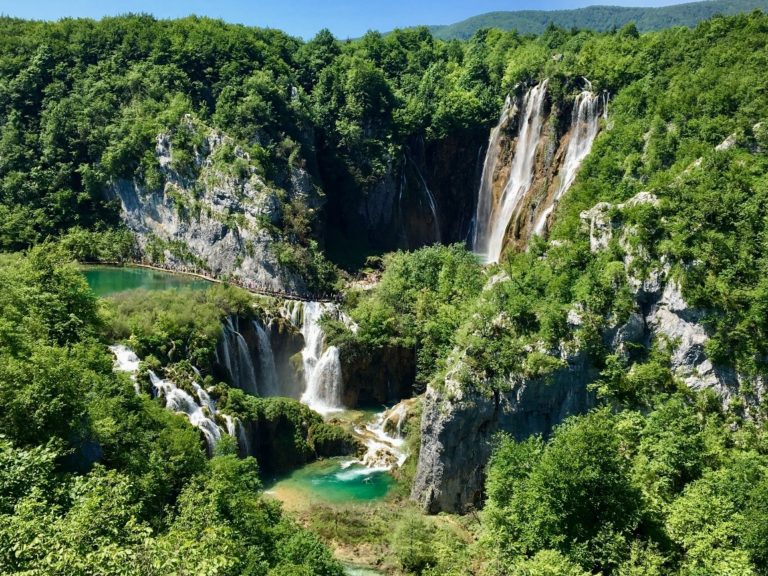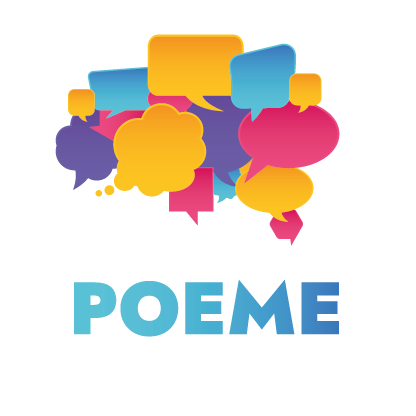A brief introduction to cultural heritage
Cultural heritage tells us stories about our past and it is something we pass on to future generations. Through cultural heritage we can interpret the lives of our ancestors and past societies (Champion, 2015). It can be found in cities, natural landscapes, archaeological sites, monuments, literature, crafts, food. Moreover, cultural heritage connects people and communities, builds relationships and shapes identities, and strengthens people’s sense of belonging (European Commission, 2018).
Cultural heritage can come in different forms: tangible, intangible, natural, and digital.
Tangible heritage includes buildings, monuments, sculptures, artifacts, archives, clothing, artworks, books, machines, historic towns, archaeological sites, architectural structures, tools from technology and science from different ancient cultures, etc
Intangible heritage includes oral traditions and expressions (including language), performing arts (such as traditional music, dance, and theatre), social practices, rituals, and festive events, knowledge, and practices concerning nature and the universe, and traditional craftsmanship (UNESCO, 2003).
Natural heritage includes biological and geological formations which have exceptional scientific or aesthetic value, threatened species of animals and plants as well as areas with scientific, aesthetic, or conservation value (UNESCO, 2008).

Digital heritage includes resources that were created in a digital form (for example, digital art and animation) or that have been digitalised as a way to preserve them (including text, images, video, and records). Digital heritage is unlimited by place, time, or culture of format. Although it is culture-specific, it is usually accessible to every person in the world. Therefore, digital heritage may exist in any language, in all parts of the world and in all areas of human expression and knowledge (UNESCO, 2003).
Cultural heritage in education
Education has an important role in raising awareness about cultural heritage and safeguarding it, especially when it comes to intangible cultural heritage. Cultural heritage education offers opportunities to analyse cultural heritage in order to raise awareness, develop knowledge, skills, and competences related to this field.
In recent years, schools in Europe have been affected by large migratory waves which have increased the interculturality of classrooms. This requires education to raise students’ intercultural awareness, their understanding of others and improve communication with peers coming from different cultures and contexts (Milosevic, 2020).
One of the roles of education is to make students aware of the places they live in, know the value of these places and be conscious about their protection (Karadeniz, 2020). Since cultural heritage tells us the stories of our past, it is necessary to protect our cultural heritage so that future generations can also have insight into the past. Through cultural heritage education students can develop a deeper understanding of their place in the world, their own culture and learn about the culture of others and how all humans are connected through their culture. Therefore, cultural heritage is personal, but it is also a connection with others.

When thinking about using cultural heritage in education, we can sometimes be unsure of how to include it. However, due to its interconnectedness, cultural heritage can be used in different subjects in formal, as well as in non-formal and informal learning settings. For example, cultural heritage can be used in literature lessons where students are exposed to stories from the past that are linked with the culture of today.
It can also be used in science lessons to teach about the environment, its protection, and introduce the concept of sustainable development to our students and youngsters. In addition, although not explicitly stated, cultural heritage is built in several Sustainable Development Goals (SDGs) such as SDG4: Quality education, SDG 11: Sustainable cities and communities and SDG 17: Partnership for the goals (Koya & Chowdhury, 2020). Possibilities are endless and it is up to the educators how they will include cultural heritage in their teaching.
In our project POEME, we intend to use cultural heritage to create learning possibilities for students with migrant backgrounds, to help with their second language acquisition, and overall integration in the schools in Europe.
If you wish to find out more about cultural heritage education and its use in language learning, stay tuned for the resources that will be created in POEME. Let’s stay in touch!
References:
Champion, E., (2015). Defining cultural agents for virtual heritage environments. Presence, 24(3), pp.179-186.
European Commission (2018). Innovation in Cultural Heritage Research For an integrated European Research Policy
UNESCO (2003). Convention for the Safeguarding of the Intangible Cultural Heritage. Available at: https://ich.unesco.org/en/convention
UNESCO (2008). World Heritage Information Kit. Available at: https://whc.unesco.org/en/activities/567/
Milosevic, O., (2020). The Host Country Culture in Second Language Acquisition: A Case Study in an International School. Global Education Review, 7(4), pp.46-58.
Karadeniz, C.B., (2020). Assessment for awareness and perception of the cultural heritage of geography students. Review of International Geographical Education Online, 10(1 (Special Issue)), pp.40-64
Koya, K., Chowdhury, G. (2020). Cultural heritage information practices and iSchools education for achieving sustainable development. Journal of the Association for Information Science and Technology, 71(6), pp.696-710.

Visit the project website: coming soon![]() Follow the project on Facebook: @Logopsycom ; @POEMEproject
Follow the project on Facebook: @Logopsycom ; @POEMEproject
#poemeproject #erasmusplusproject
In collaboration with: Les Apprimeurs ; Spel ; Citizens In Power ; Iasis

